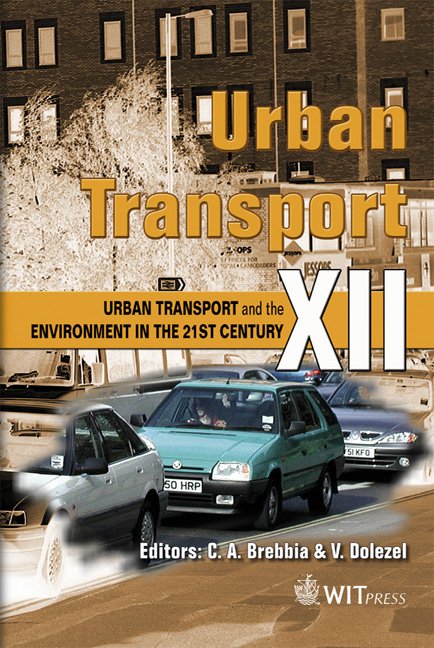Software Of Passenger Vehicle Optimal Work And Energy Recovery (POWER)
Price
Free (open access)
Transaction
Volume
89
Pages
9
Published
2006
Size
997 kb
Paper DOI
10.2495/UT060671
Copyright
WIT Press
Author(s)
H. Farzaneh & Y. Saboohi
Abstract
In our investigation, the model of optimal energy flow in a passenger vehicle has been founded on the theory of firm microeconomics. Based on this theory, the car owner tries to minimize the total cost of the system (including the cost of time of the traveller) subject to the satisfaction of the required transport services and technological, economical, environmental and institutional constraints. The aforementioned model has been developed using a technique of mathematical programming. The model depicts the behaviour of a nonlinear system and it includes many nonlinear functions in the objective function and in the constraints. Solving the large nonlinear set of constraints and identifying the global optimal energy flow was a major issue in the process of developing the model. Therefore, an integrated approach based on numerical analysis, linear programming and the concept of control volume, as a means of defining open and interrelated systems, has been developed and applied in solving the model. Solution of the model has been based on the boundary conditions that define the surroundings of the vehicle. The output data resulting from solution of the model are: material elements and optimal energy balances in different parts of the vehicle, transient behaviour fuel consumption and emission of pollutants in the course of operation of the vehicle. Keywords: passenger vehicle, energy flow optimization, mathematical programming.
Keywords
passenger vehicle, energy flow optimization, mathematical programming.





